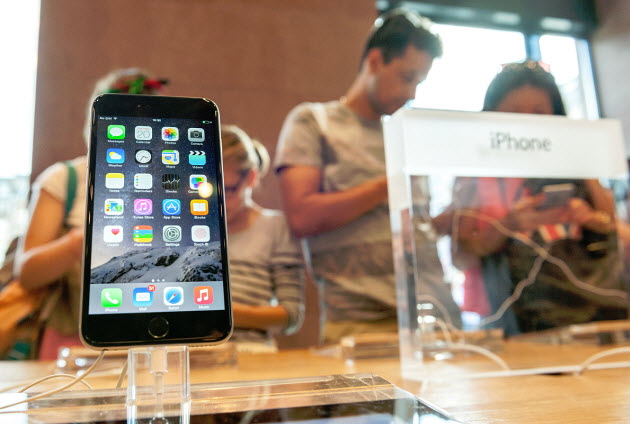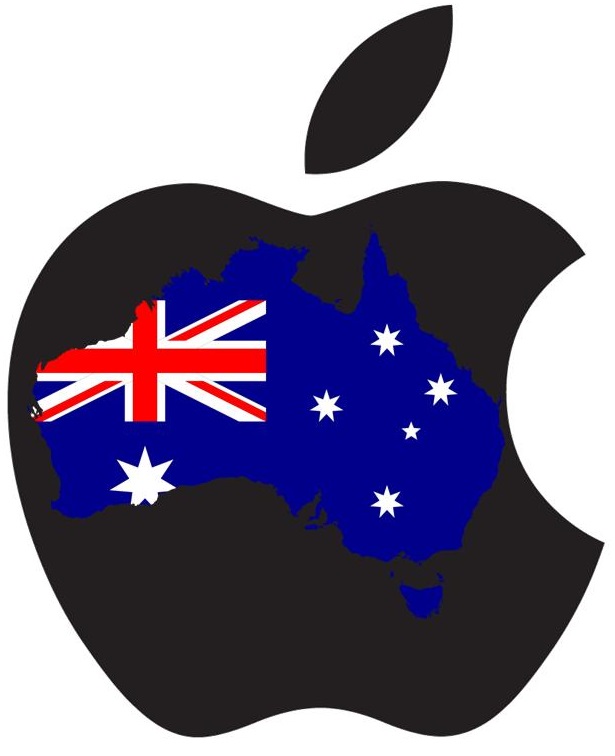The retail stores are starting to change the way that they have made their displays and iPods are losing.
There has been a lot going on over the past few months at Apple, and now there has been another indication that that tech giant is changing its priorities as its displays of mobile devices have been changed around and iPods won’t be included within them, anymore.
This removal of the connected MP3 players is a clear indication of a reduced focus on those gadgets.
Though the iPhones, iPads, Macs, and Apple Watches will still be retaining their places of honor among the mobile devices on Apple Store shelves, employees have now been told that they are to take the iPods down from the displays of those featured devices. Instead, they will be tucked away with other types of gadgets and accessories, such as headphones, battery chargers, and watch bands.
Aside from the change in priority with regards to its mobile devices, the displays at the Apple Stores will be changing.
 Aside from the removal of iPods from the main featured gadget displays, Apple is also going to take the majority of its smart displays away. Those were in the form of iPads that would reveal a product’s details to consumers. Those informational iPad stations will now be taken away and will be replaced with a new information display strategy.
Aside from the removal of iPods from the main featured gadget displays, Apple is also going to take the majority of its smart displays away. Those were in the form of iPads that would reveal a product’s details to consumers. Those informational iPad stations will now be taken away and will be replaced with a new information display strategy.
Instead of relying on the tablets to show the details, the gadgets, themselves, will be introducing customers to what they’re all about. Each of the displayed mobile technology devices will now be displaying its own prices, specifications, and other details on their screens. These changes are effective as of Wednesday.
The fact that the iPod has lost its place among the main featured mobile devices isn’t just an indication that there aren’t as many MP3 players being sold through the Apple Store as there used to be, but it also points to the company’s new focus on the digital side of media. With Apple Music now in the mix, it’s directing its attention away from digital downloads in favor of a business that is more service-based.
Banks may have serious concerns regarding Apple’s mobile payments service
Some of Australia’s major banks may have a problem with Apple and its new mobile payments service. According to a report from the Financial Review, banks have taken issue with the interchange fees associated with Apple, and if the problem persists, banks may begin looking for alternatives to Apple Pay, which are becoming more plentiful with each passing month. With Samsung and Google launching its own mobile payments services, Apple may have to work to satisfy banks in order to maintain its position in the mobile market.
Banks have no wish to provide Apple with significant fees on transactions being made
The crux of the issue between Apple and Australia’s major banks is $2 billion in interchange fees that the banks make every year. In the United States, it is estimated that Apple earns 15 cents for every $100 that is spent through Apple Pay. In Australia, however, banks are not willing to provide Apple with the cut of the fees that it is asking for. If this problem continues, Apple may have trouble establishing an effective foothold in the Australian market, where consumers are becoming very interested in mobile payments.
Australian banks may be ahead of the curve when it comes to mobile payments
 According to Ian Narev, CEO of the Commonwealth Bank of Australia, Apple Pay may face significant challenges in the country due to the existence of other mobile payments products. Narev suggests that many Australian banks are far ahead of others in the world when it comes to mobile payments services. As far as Apple Pay is concerned, there are other services in the country that have the same functionality as Apple’s service that have been available to consumers for 18 months or more.
According to Ian Narev, CEO of the Commonwealth Bank of Australia, Apple Pay may face significant challenges in the country due to the existence of other mobile payments products. Narev suggests that many Australian banks are far ahead of others in the world when it comes to mobile payments services. As far as Apple Pay is concerned, there are other services in the country that have the same functionality as Apple’s service that have been available to consumers for 18 months or more.
Banks want Apple to help support the development of a new payments infrastructure
One of the major concerns that banks have concerning Apple Pay in Australia is that the Reserve Bank of Australia is forcing the country’s banks to help cover the cost of development a real-time payments infrastructure. Banks do not want Apple to benefit from the development of this infrastructure without investing into its establishment itself.
 Aside from the removal of iPods from the main featured gadget displays, Apple is also going to take the majority of its smart displays away. Those were in the form of iPads that would reveal a product’s details to consumers. Those informational iPad stations will now be taken away and will be replaced with a new information display strategy.
Aside from the removal of iPods from the main featured gadget displays, Apple is also going to take the majority of its smart displays away. Those were in the form of iPads that would reveal a product’s details to consumers. Those informational iPad stations will now be taken away and will be replaced with a new information display strategy.
 According to Ian Narev, CEO of the Commonwealth Bank of Australia, Apple Pay may face significant challenges in the country due to the existence of other mobile payments products. Narev suggests that many Australian banks are far ahead of others in the world when it comes to mobile payments services. As far as Apple Pay is concerned, there are other services in the country that have the same functionality as Apple’s service that have been available to consumers for 18 months or more.
According to Ian Narev, CEO of the Commonwealth Bank of Australia, Apple Pay may face significant challenges in the country due to the existence of other mobile payments products. Narev suggests that many Australian banks are far ahead of others in the world when it comes to mobile payments services. As far as Apple Pay is concerned, there are other services in the country that have the same functionality as Apple’s service that have been available to consumers for 18 months or more.